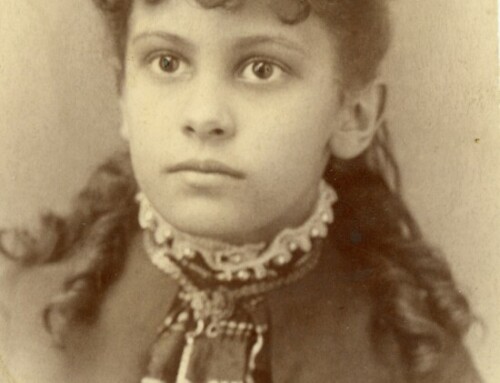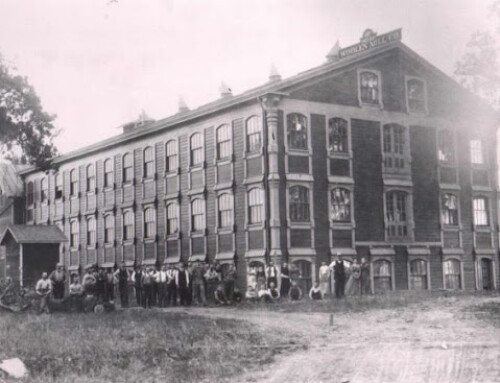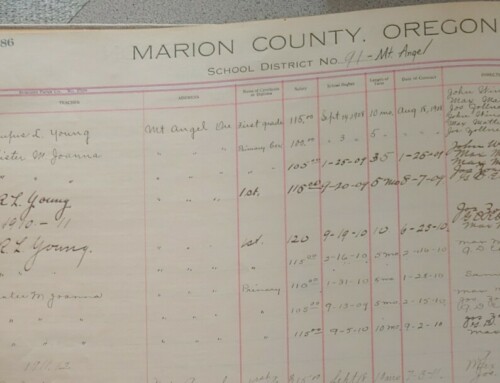This list of ways to experience the Civil War close to home was compiled for the Statesman Journal and published in the Sunday, July 6, 2013 edition.
Finding the Civil War close to Home.
While we may not have the battlefields or even many structures remaining that date back to the Civil War, there are still a few places close to home where you can get a taste of the Civil War and experience what life was like for those living through it in Oregon. Here are 9 things you can do to experience the 1860s close to home.
1. Visit a “Battlefield”
It might seem strange, but spectators watched battles during the actual Civil War. The Northwest Civil War Council hosts several re-enactments in Oregon over the summer. Check out their website for upcoming events: http://nwcwc.org/.
3. Hike through Fort Yamhill
If live action isn’t your style, take a hike to a Civil War-era garrison at Fort Yamhill State Heritage Area just outside of Grand Ronde. Originally built in 1856 to guard the eastern border of the Grand Ronde Reservation, the fort served as a garrison during the Civil War for Company D of the 4th California Infantry, much to the disaffection of many men stationed there. Pick up a copy of All Quiet on the Yamhill from the Salem Public Library and let the diary of Corporal Royal A. Bensell tell you about fort life.
4. Remember the Dead at Pioneer Cemetery
Pioneer Cemetery (Hoyt and High Streets) is one of Salem’s oldest. Established as a family cemetery on David Leslie’s land claim in 1842, by the 1860s it had become a community burial ground operated by the Odd Fellows. When you visit remember that the cemetery was located far outside the city limits at the time. Hop over to City View Cemetery and visit the G.A.R. (Grand Army of the Republic) memorial circle to see the graves of Union Army Veterans that are laid to rest there and the stately soldier statue that stands guard over them.
5. Taste Agrarian Life at GeerCrest Farm
Oregon was a rural, agrarian community during the 1860s. It was the end of the Oregon Trail for many newly arrived immigrants in search of free land for farming like Ralph Carey Geer and his family. You can visit their family farm, five generations later now the GeerCrest Farm and Historical Society yourself. The farm is open to the public the 2nd Sunday of each month. For more details visit: http://www.geercrest.org/.
6. Travel by River
The railroad did not reach Salem until the 1870s. Salemites had two transportation options, the overland stage or steamer on the Willamette River. You can try the 1860s mode of travel with a cruise on the Willamette Queen. Or take a ferry ride across the Willamette at Wheatland Ferry. Salem’s first bridge across the Willamette wasn’t constructed in Salem until 1886, almost two decades after the close of the Civil War.
7. Have a Drink at Boon’s Treasury
Ever wonder how Boon’s Treasury (888 Liberty St NE) got its name? John Daniel Boon served as Oregon’s last Territorial Treasurer and its first State Treasurer. The building now housing the McMenamin’s Tavern was his store. Built in 1860, the building served both for Boon’s private and public business.
8. Debate at Willamette University
Willamette University was one of the few institutions and only school in Salem that has been continuously running in the same location since the 1860s, although you wouldn’t have recognized the campus. The only building (until the construction of Waller Hall in 1867) was a large three story wooden building that stood just about where Walton Hall stands today across from the theater. There is a rock, often hidden by bushes, that commemorates the original building. More than just a school, the building served as a community meeting place, being one of the biggest buildings in town. During the 1860s the Hesperian Society met in this building. Comprised by members of Salem’s community, it was basically a debate club that would debate issues of the day. Hot topics on their list included: Was Lincoln’s emancipation proclamation legal? Is war ever justified? Take a friend and have a good discussion in honor of the Hesperians.
9. Take a Walk through History.
There are only a handful of houses in Salem that were built before or during the Civil War, but there are still a few around. Many are private residences, but some at A.C. Gilbert Discovery Village and the Willamette Heritage Center are still accessible to the public. Plan your own walking tour with our illustrated map http://willametteheritage.wordpress.com/2013/06/25/cw/
10. Go Shopping at the Pomeroy Building
There are a few buildings in Salem’s downtown core that date back to Civil War Days. Take a moment to go shopping at Ma Valise, or maybe treat yourself at Havana Salon or Maven Bistro. They are located in the Pomeroy (also First Gray) Building built in 1860. The building was heavily remodeled in 1927, but originally it was used as a rooming house.







Leave A Comment